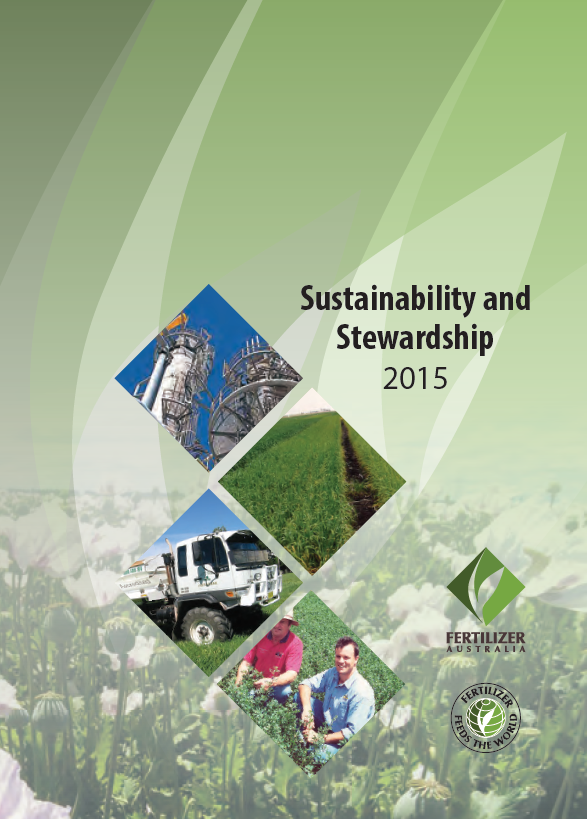The Issue
Contaminants can occur in fertiliser products due to their natural occurrence in raw materials and as a result of manufacturing processes. Continued use of fertilisers that contain contaminants may lead to an increase in their concentration in the soil that may then lead to adverse effects on the environment or unacceptable levels in food.
Cadmium (Cd), Lead (Pb), Mercury (Hg) and Fluorine (F) are the contaminants of concern, based on available data from the Australian industry and from international literature. Regulations in Australia specify maximum permissible concentrations (MPCs) for them in fertiliser products.
Of these contaminants cadmium presents a real risk to food safety as in certain conditions it can be taken up by plants. Lead, Mercury and Fluorine by contrast are not taken up by plants and so are much less likely to enter the food chain. Fluorine can be ingested by cattle when they eat soil along with the pasture they are grazing. In high input intensively grazed pastures there is some concern that this could eventually lead to animal health issues but is not of concern for food products.
Fertilisers are sold with a stated analysis of the nutrients they contain. They are also required to not exceed maximum permissible concentration (MPC) levels for certain impurities.
The risk of cadmium entering the food chain only occurs in some specific situations and crops. Root crops and leafy vegetables are the main area of concern when combined with a range of factors that allow uptake of cadmium. These factors include:
- high cadmium levels in soil (which may result from fertiliser application)
- soils which are acid
- soils which have low zinc status;Lighter textured soils (sand)
- saline irrigation water.
As most of these risk factors can be reduced through management actions a national strategy was developed to manage the risk of cadmium entering the food chain:
- MPCs for cadmium in fertilisers were set and progressively lowered
- an extension campaign was conducted in industries and regions where the risk of cadmium uptake were high, this encouraged:
- use of lower cadmium concentration fertilisers
- application of zinc where the soil status was low
- liming acid soils to increase the pH
- avoiding saline irrigation water where other risk factors were present.
Guidance notes were produced in a number of languages and provided directly to growers through their industry organisations.
 Fertilizer Australia's Response
Fertilizer Australia's Response
Fertilizer Australia was a member of the National Cadmium Minimisation Strategy (NCMS) Committee that developed and implemented the strategy. Members changed the sources of phosphate rock to produce lower cadmium products and worked with the regulators to progressively lower the MPC for cadmium.
Fertilizer Australia also worked with the states and territories to develop the National Code of Practice for Description and Labelling of Fertilisers. The code requires warning statements on labels when the cadmium concentration exceeds a trigger level and requires the concentration to be stated on the label. This helps growers implement the guidelines developed by the NCMS.
Fertilizer Australia also developed and implemented a purchasing code of practice; a quality assurance process that helps ensure that products meet the specification on the label.
Details of how Fertilizer Australia's members are performing in managing environmental issues can be found in the Sustainability and Stewardship Report. To access the report click on the image above.
Resources
Details of the National Cadmium Minimisation Strategy are available here.
Labelling and Description
Product Quality